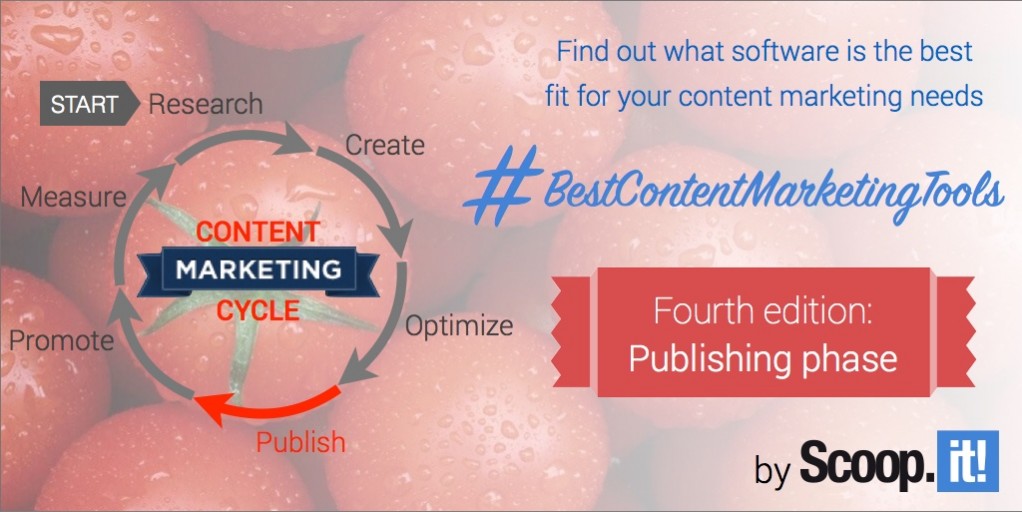The marketing definition of conversion is “get the prospect to take action.”
How do you get someone to take the action you want? You need to make them comfortable.
Marketers are hard to trust, right? We brought it on ourselves because we were “full of it” for decades. Or, at least, we were full of ourselves.
So when a potential buyer arrives in your marketing den for the first time, they’re not exactly in a hurry to proceed to the bedroom. Or relax into a chair.
At best, they’re curious. Realistically, they’re anxious. And usually, they do just the opposite of what you want. They leave.
Why? Discomfort. It’s the almighty conversion killer—the meanest mutha’ in marketing.
So here’s what I propose: drop the transformation ambition and aim a wee-bit lower. Aim to overcome the causes of discomfort. You need to craft your content to put prospects in their comfort zone.
Who’s in charge of the comfort zone?
The copywriter is the chief conversion officer.
The copywriter’s output must seal the deal or at least write something compelling—and comforting—enough to start some sort of relationship.
Read More





























